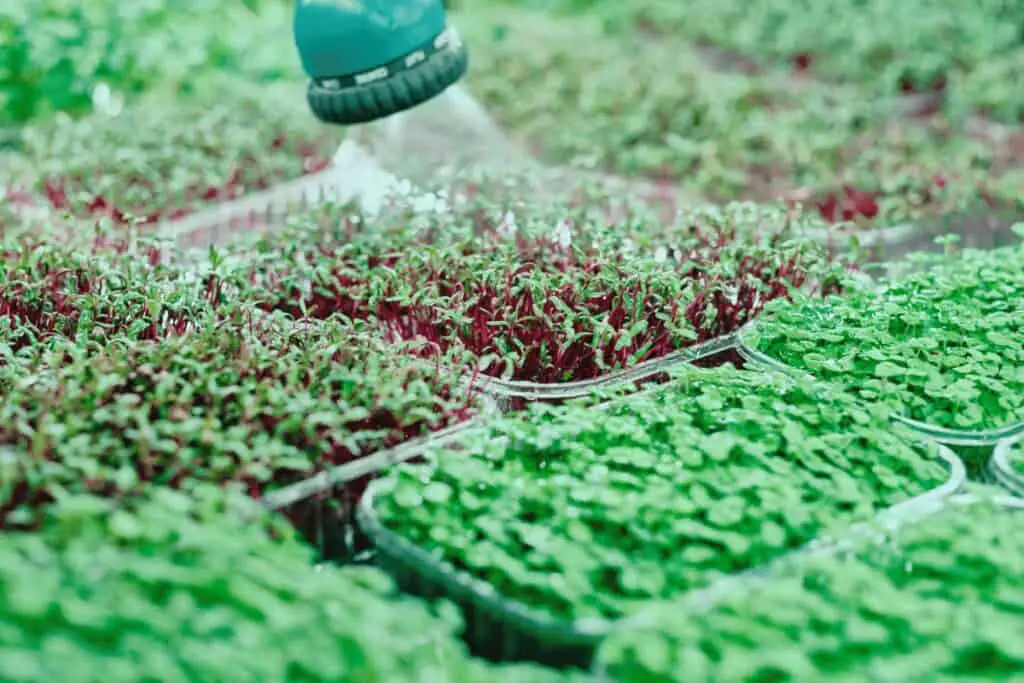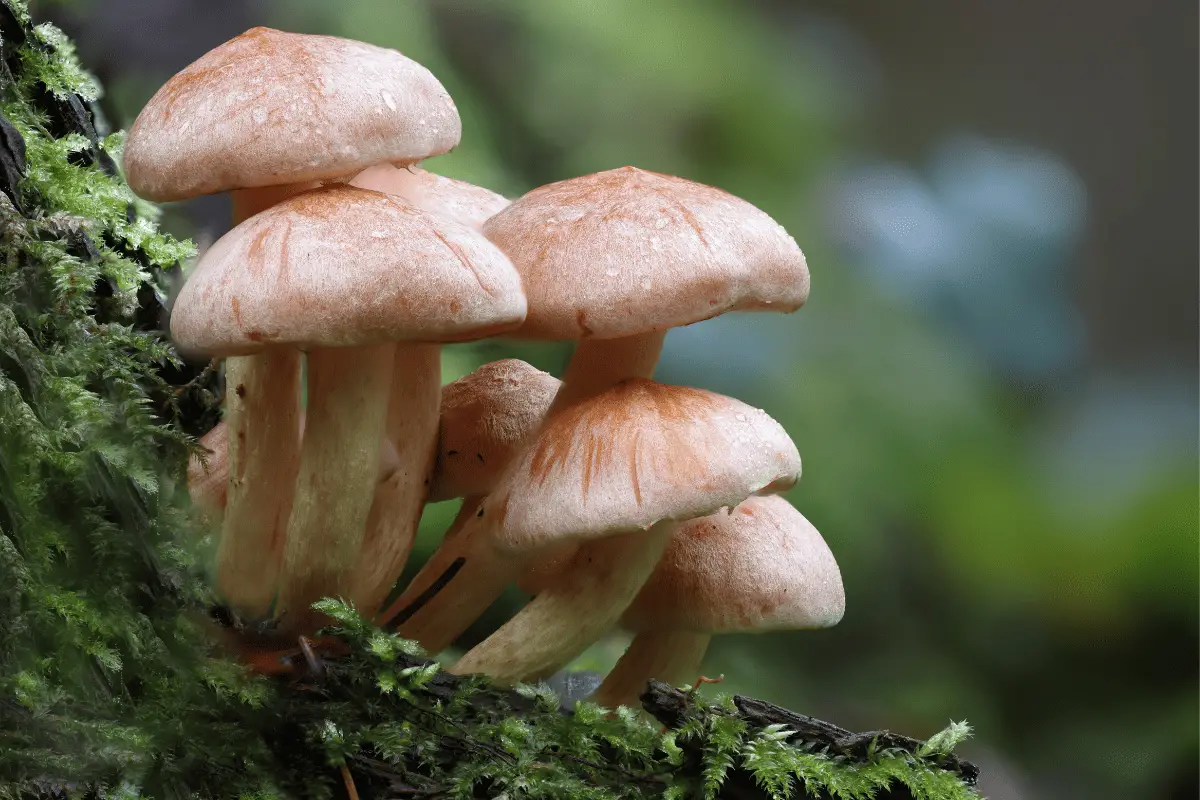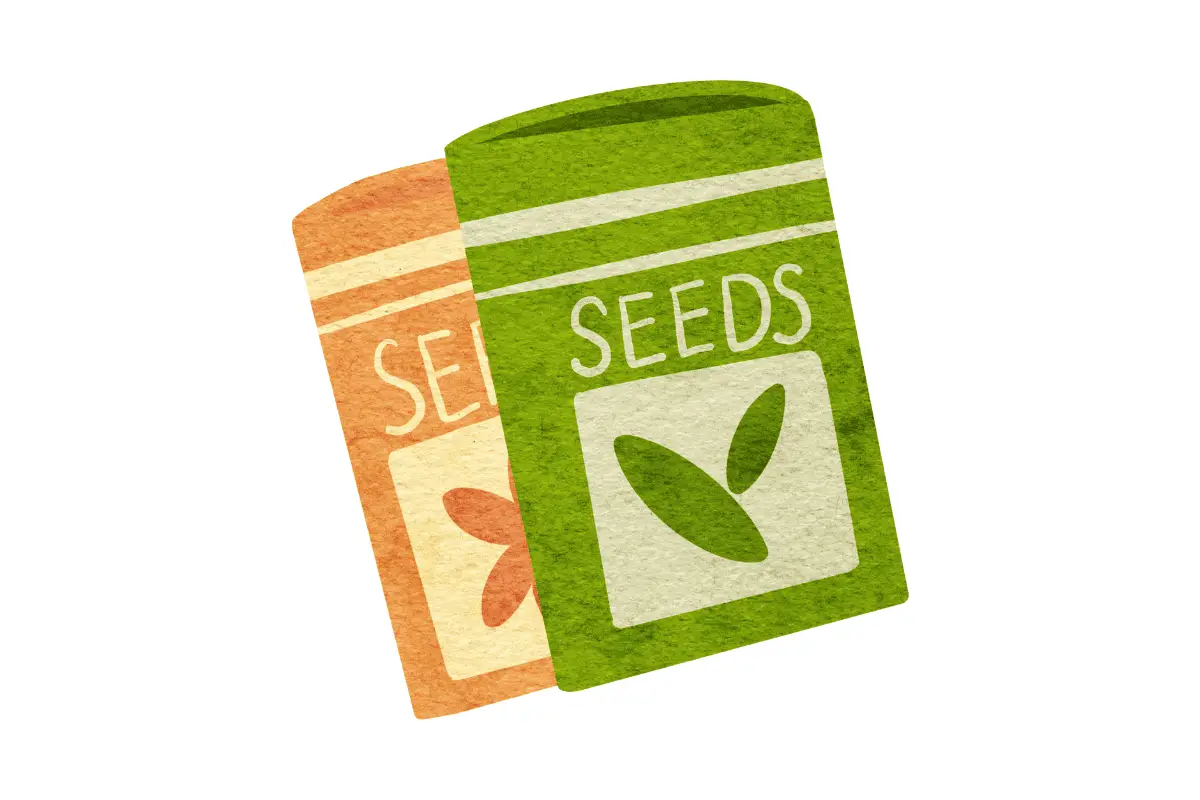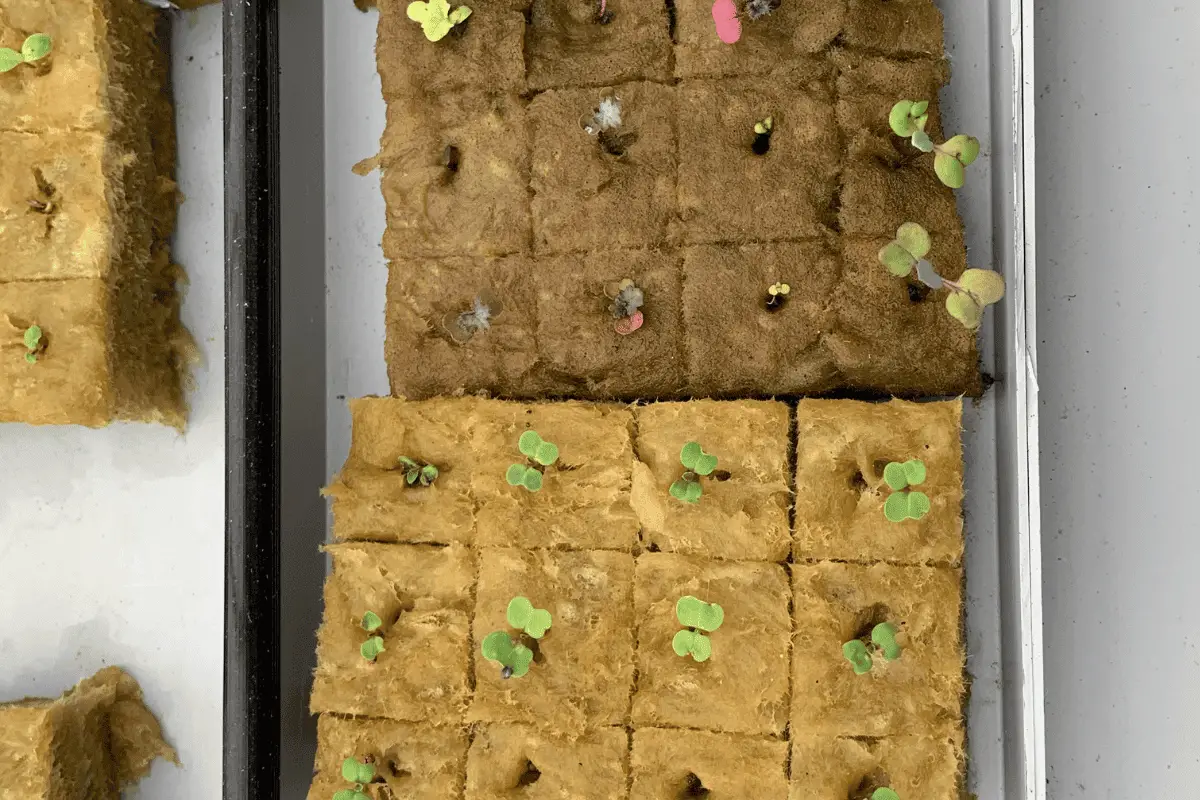Are you looking for a simple way to elevate your nutrition and add a burst of flavor to your meals? Look no further than microgreens. These tiny greens, harvested when they are just a few inches tall, pack a powerful punch when it comes to health benefits and nutritional value.
In this article, The Health Benefits of Microgreens: Boost Your Nutrition with Tiny Greens, we will explore what microgreens are, delve into their impressive nutritional content, and uncover the numerous health benefits they offer. We will also discuss how you can easily incorporate these miniature greens into your diet and even grow them at home. So, let’s dive in and discover the world of microgreens!
Introduction
In recent years, microgreens have gained popularity as a superfood due to their concentrated nutrient content and unique flavors. These vibrant greens are the young seedlings of various vegetables and herbs, harvested at an early stage of growth. Despite their small size, microgreens are rich in vitamins, minerals, and antioxidants, making them a valuable addition to a healthy diet.
What are Microgreens?

Microgreens are essentially baby plants that are harvested after the germination stage and before they become fully grown. They are typically harvested when the first set of true leaves appears, which is usually around 1 to 3 inches in height. These miniature greens come in a wide variety of colors, textures, and flavors, ranging from delicate and mild to robust and spicy. Some common types of microgreens include kale, broccoli, radish, arugula, and cilantro.
Nutritional Content of Microgreens
Despite their small size, microgreens are packed with a concentrated amount of nutrients, sometimes even exceeding the nutritional value of their fully-grown counterparts. Let’s take a closer look at the nutritional benefits offered by microgreens:
Vitamins and Minerals
Microgreens are a rich source of essential vitamins and minerals that are vital for maintaining overall health. They contain high levels of vitamin C, vitamin K, vitamin E, and beta-carotene, which are converted into vitamin A in the body. These vitamins play crucial roles in supporting the immune system, promoting healthy vision, and protecting cells from damage caused by harmful free radicals [1].
Antioxidants
Microgreens are known for their potent antioxidant properties. These antioxidants help neutralize harmful free radicals in the body, reducing the risk of chronic diseases such as heart disease, cancer, and neurodegenerative disorders. Research suggests that microgreens may contain higher levels of antioxidants compared to mature plants, making them an excellent addition to an antioxidant-rich diet [1].
Health Benefits of Microgreens

Adding microgreens to your diet can offer a wide range of health benefits. Let’s explore some of the key advantages:
Lower Risk of Chronic Diseases
Consuming a diet rich in vegetables is associated with a lower risk of chronic diseases such as heart disease, diabetes, and certain types of cancer. Microgreens, with their concentrated nutrient content, can contribute to this risk reduction. The antioxidants, vitamins, and minerals present in microgreens help combat inflammation, support a healthy cardiovascular system, and protect against cellular damage [1].
Boosting Immunity
Microgreens contain immune-boosting compounds that help strengthen the body’s natural defense mechanisms. The high levels of vitamin C found in microgreens play a crucial role in enhancing immune function. Incorporating microgreens into your diet can help protect against common illnesses and promote overall well-being [1].
Supporting Digestive Health
The fiber content in microgreens promotes healthy digestion and regular bowel movements. Additionally, microgreens contain enzymes that aid in the digestion and absorption of nutrients, ensuring optimal nutrient utilization by the body. Including microgreens in your meals can contribute to a healthy gut and improved digestive function [1].
Promoting Heart Health
Microgreens are heart-healthy greens that can benefit cardiovascular health in several ways. They are low in calories and high in fiber, which can help maintain a healthy weight and reduce the risk of heart disease. Furthermore, microgreens contain compounds that have been linked to lower cholesterol levels and improved blood pressure regulation [1].
Weight Management
If you’re aiming to maintain or lose weight, microgreens can be a valuable addition to your diet. These greens are low in calories but high in nutrients, making them an ideal choice for adding volume and flavor to your meals without significantly increasing calorie intake. Their fiber content helps promote satiety, keeping you feeling full and satisfied for longer periods [1].
How to Incorporate Microgreens into Your Diet
Microgreens are versatile and can be easily incorporated into various dishes. Here are a few simple ways to enjoy the flavors and benefits of microgreens:
Salads and Sandwiches
Add a handful of microgreens to your favorite salads or sandwiches to elevate both the taste and nutritional profile. Their vibrant colors and delicate textures make them visually appealing while adding a fresh and crisp element to your dishes.
Smoothies and Juices
Blend microgreens into your favorite smoothies or juices for an extra dose of nutrients. Their mild flavors blend well with fruits and vegetables, providing a nutrient-rich boost to your beverages.
Garnish for Main Dishes
Use microgreens as a garnish for main dishes such as soups, stir-fries, or roasted vegetables. Sprinkle them over the top just before serving to add a burst of flavor and visual appeal to your meals.
How to Grow Microgreens at Home
Growing your own microgreens at home is a rewarding and cost-effective way to enjoy these nutritious greens. Here’s a simple step-by-step guide to get you started:
Choosing Seeds
Select high-quality organic seeds of the microgreens you wish to grow. Popular choices include broccoli, kale, radish, and sunflower. Make sure the seeds are specifically labeled for microgreen production.
Preparing Growing Medium
Fill a shallow tray or container with a suitable growing medium such as potting soil or a seed-starting mix. Ensure the medium is moist but not waterlogged.
Planting and Caring for Microgreens
Evenly spread the seeds over the moist growing medium, ensuring they are not too densely packed. Gently press the seeds into the soil and cover them with a thin layer of soil or vermiculite. Place the tray in a well-lit area, away from direct sunlight. Water the seeds lightly, keeping the soil consistently moist. Within a few days, you will start to see the seeds germinate.
Continue to water gently as needed and monitor their growth. Harvest the microgreens when they reach the desired height of 1 to 3 inches by cutting them just above the soil line.
Conclusion
Microgreens offer a wealth of health benefits and can be a delightful addition to your meals. From their impressive nutritional content to their potential to reduce the risk of chronic diseases, these tiny greens pack a powerful punch. Whether you choose to incorporate them into salads, sandwiches, or smoothies, or take the rewarding path of growing them at home, microgreens can help boost your nutrition and add vibrant flavors to your dishes. So why not give these miniature greens a try and reap the benefits they have to offer?
FAQs
1. Are microgreens the same as sprouts?
No, microgreens and sprouts are different. Microgreens are harvested after the first set of true leaves appears, while sprouts are consumed when the seed has just germinated and the root, stem, and underdeveloped leaves are present. Microgreens are usually grown in soil or a soil substitute, whereas sprouts are typically grown in water.
2. Can I eat microgreens raw?
es, microgreens can be eaten raw. In fact, they are often enjoyed fresh in salads, sandwiches, and other dishes to add flavor, texture, and nutritional value.
3. Do microgreens have any side effects?
Microgreens are generally safe to consume and do not have any significant side effects. However, it is essential to ensure proper hygiene and cleanliness when growing and handling microgreens to minimize the risk of contamination.
4. How long do microgreens last?
Microgreens are best consumed fresh for maximum flavor and nutritional content. When stored properly in a sealed container or plastic bag, they can stay fresh in the refrigerator for about 5 to 7 days.
5. Can I freeze microgreens?
While it is possible to freeze microgreens, it is not recommended as they may lose their texture and flavor when thawed. It is best to enjoy microgreens fresh or use them within a few days of harvesting for the best culinary experience.





2 responses to “The Health Benefits of Microgreens”
[…] article How to Grow Arugula Microgreens, we will guide you through the process of growing arugula microgreens, step by step, and provide you with valuable tips and insights to ensure a successful […]
I have been browsing online more than three hours today yet I never found any interesting article like yours It is pretty worth enough for me In my view if all website owners and bloggers made good content as you did the internet will be a lot more useful than ever before